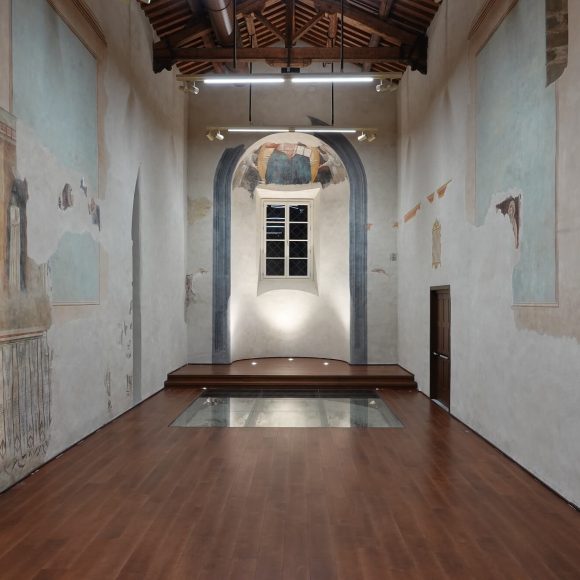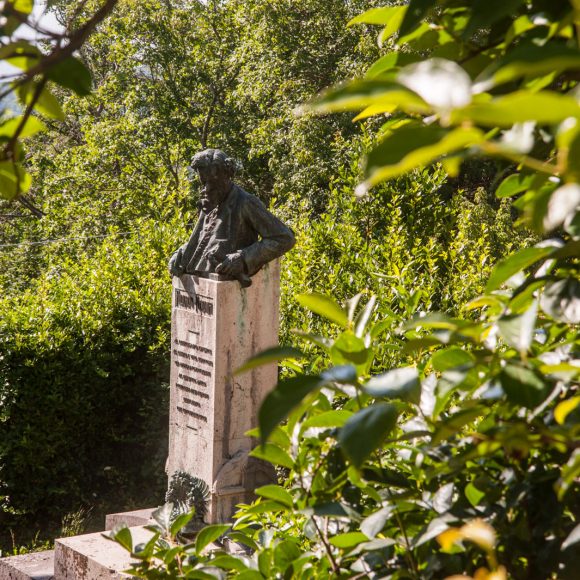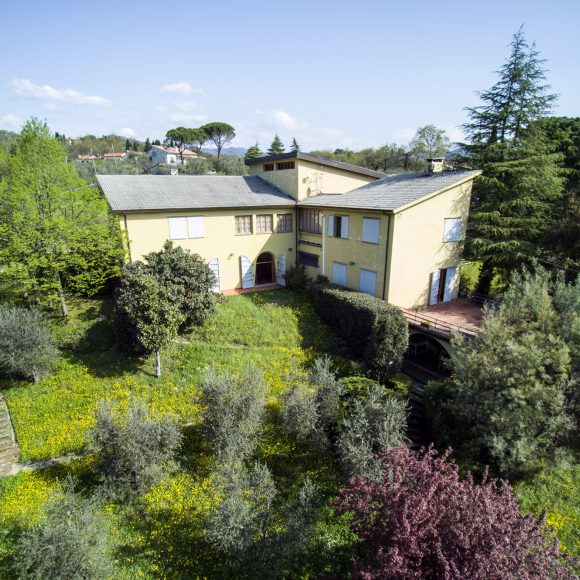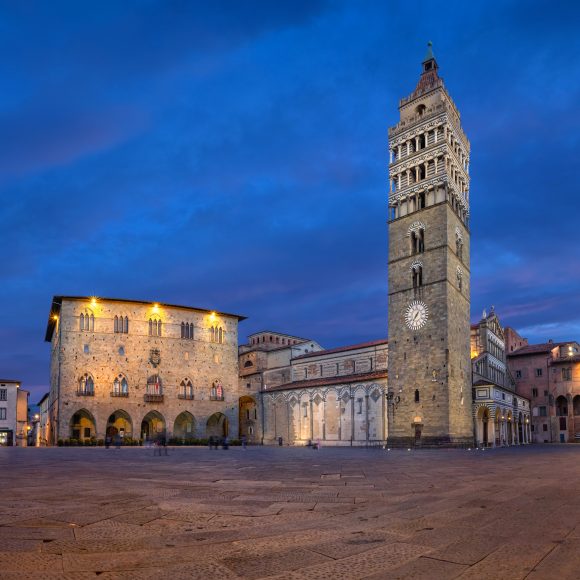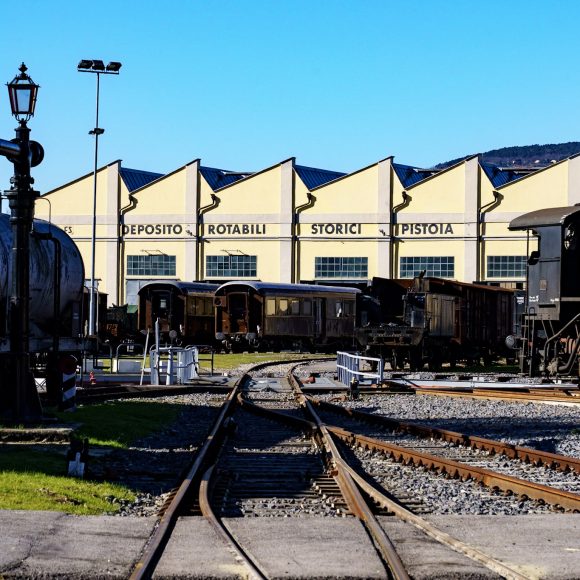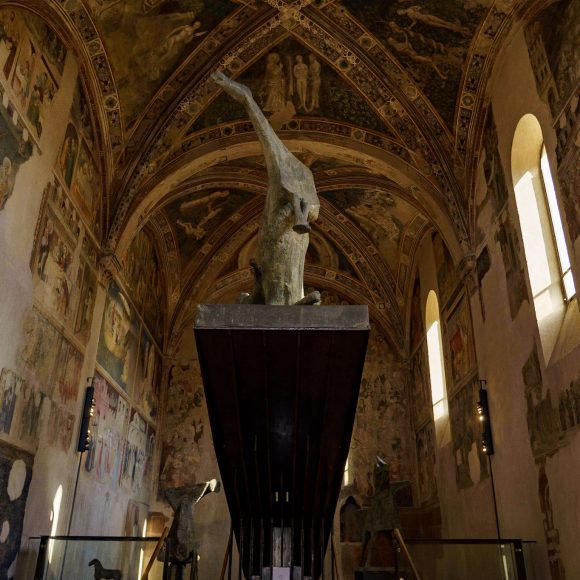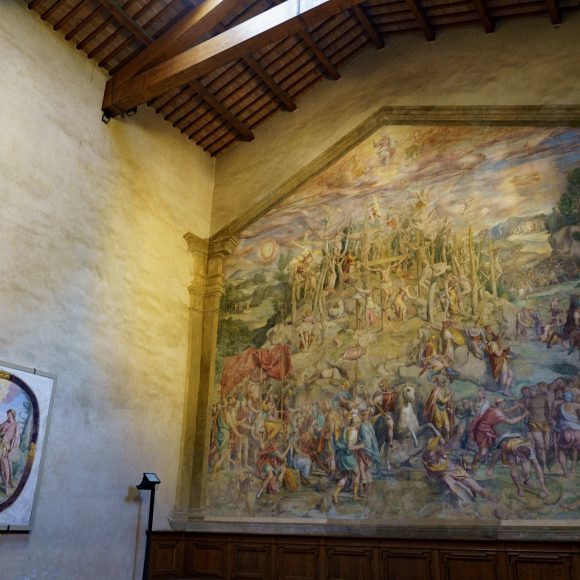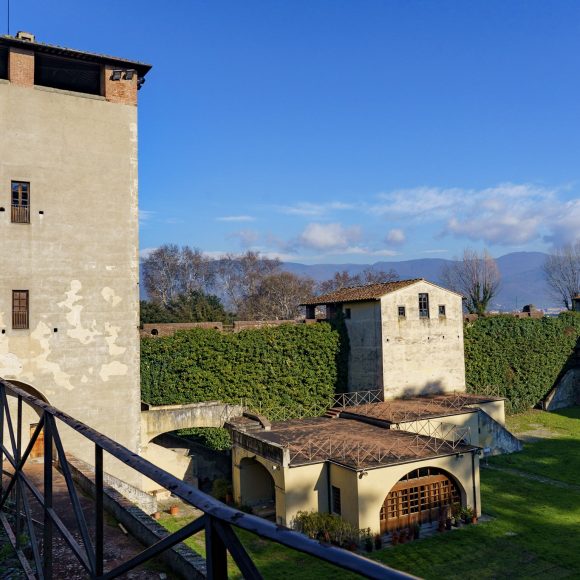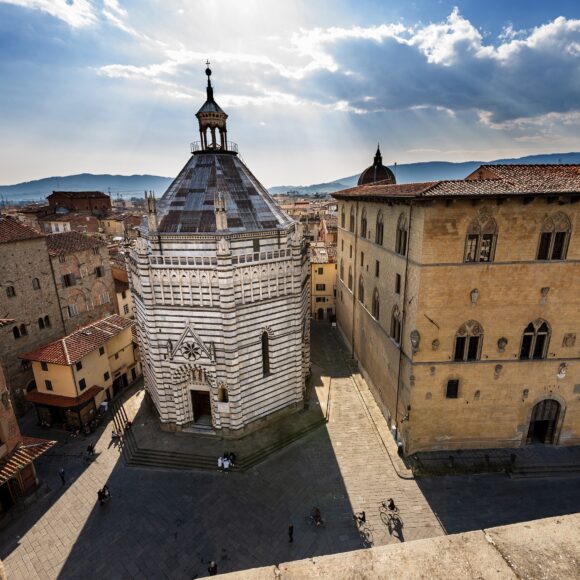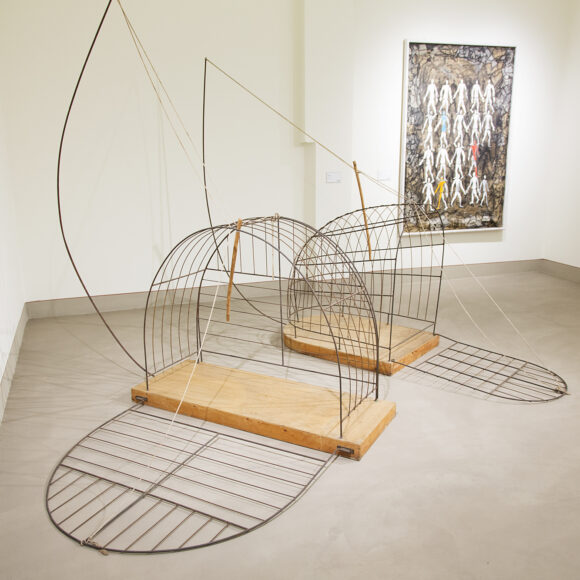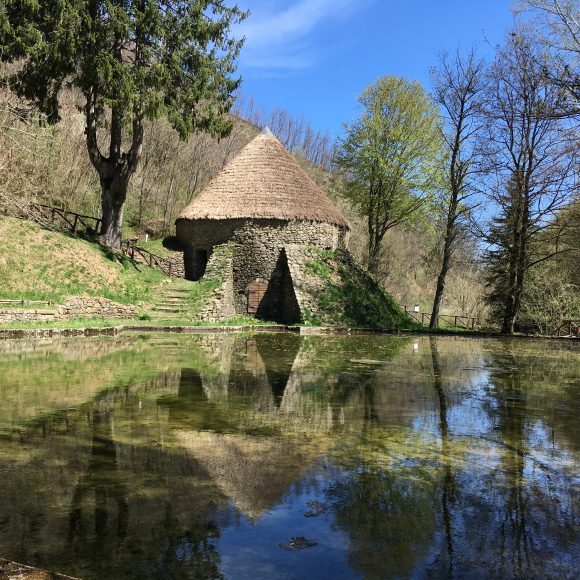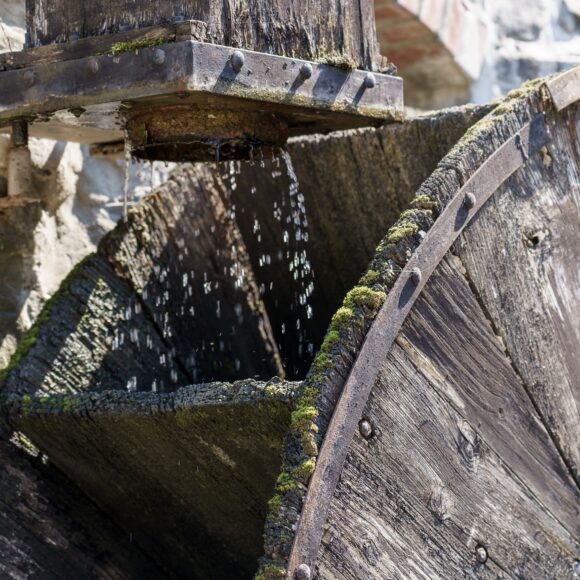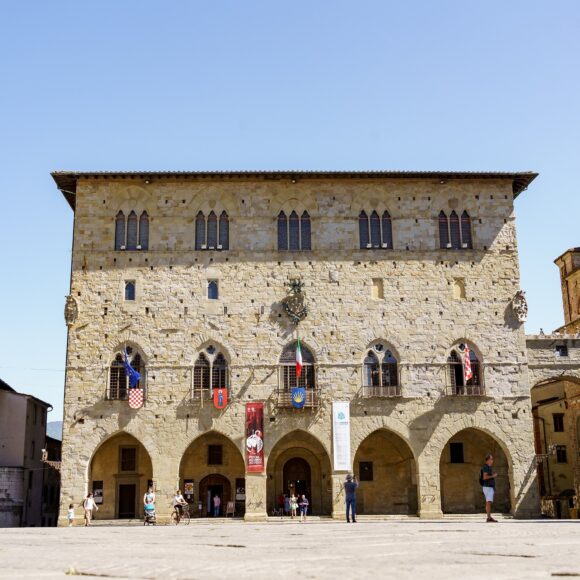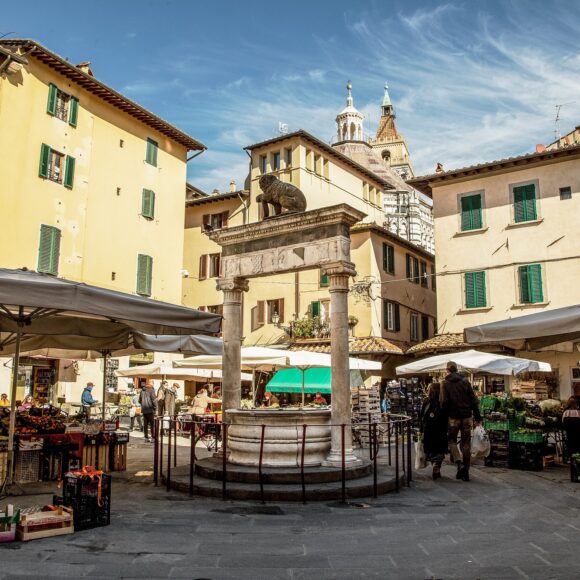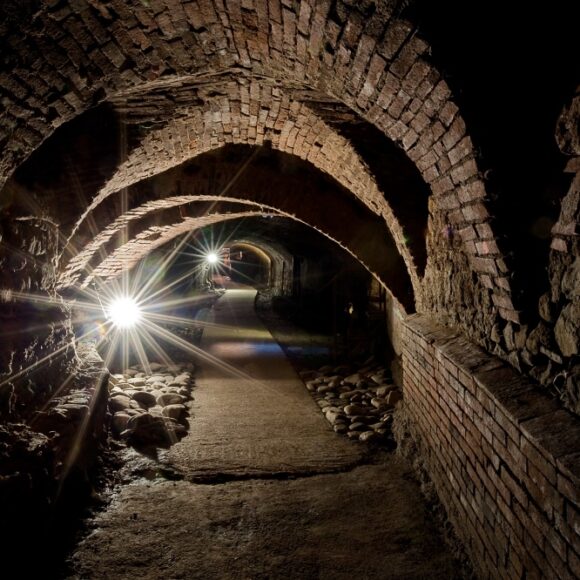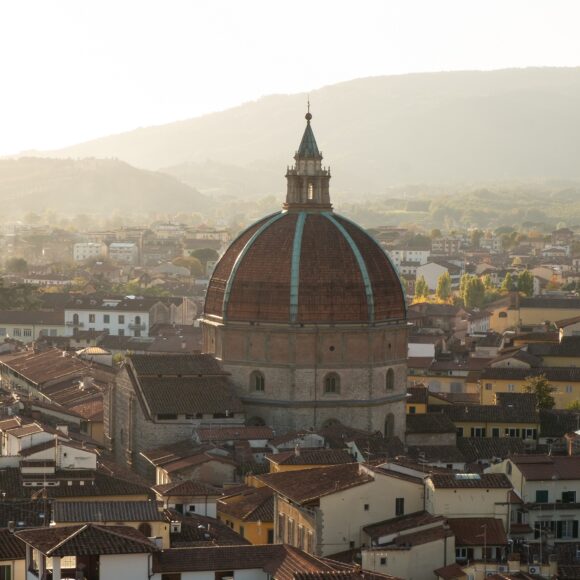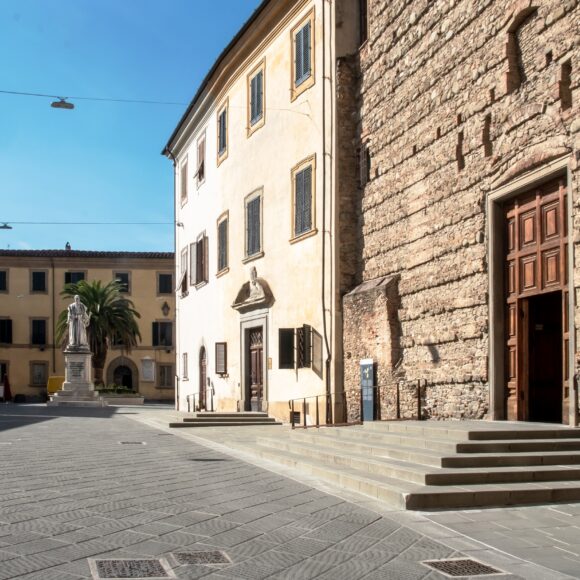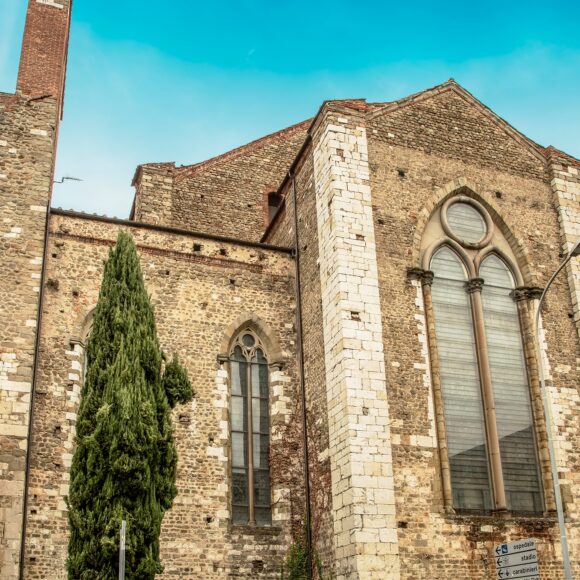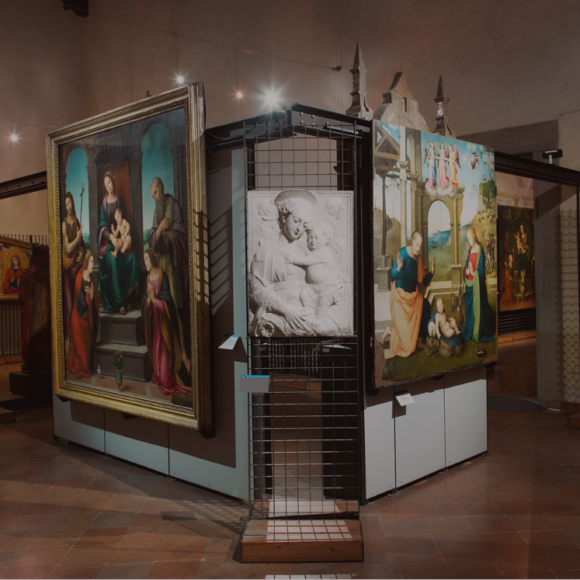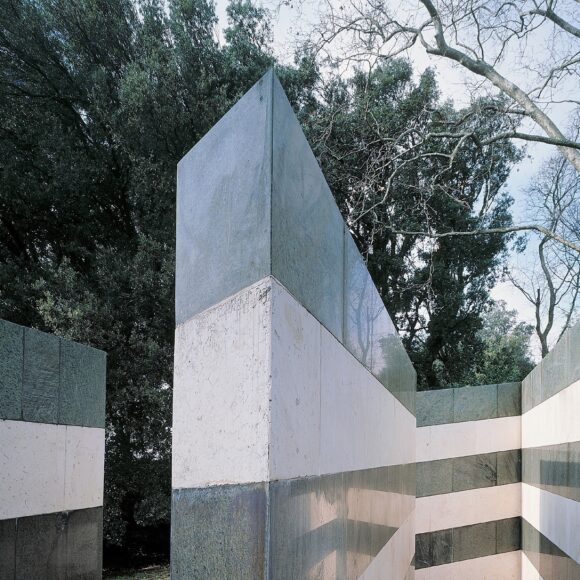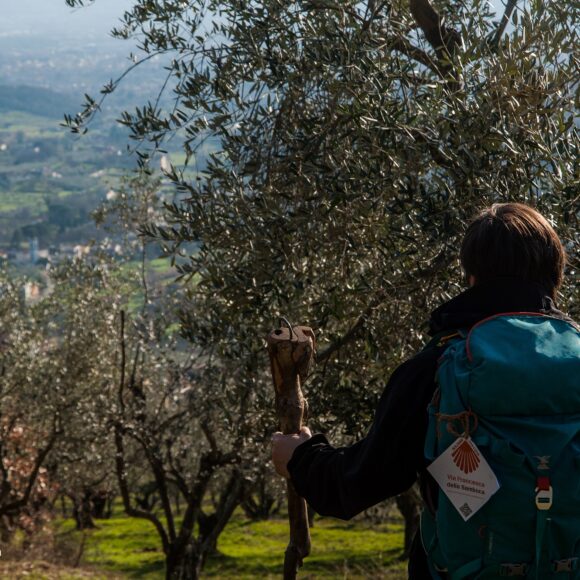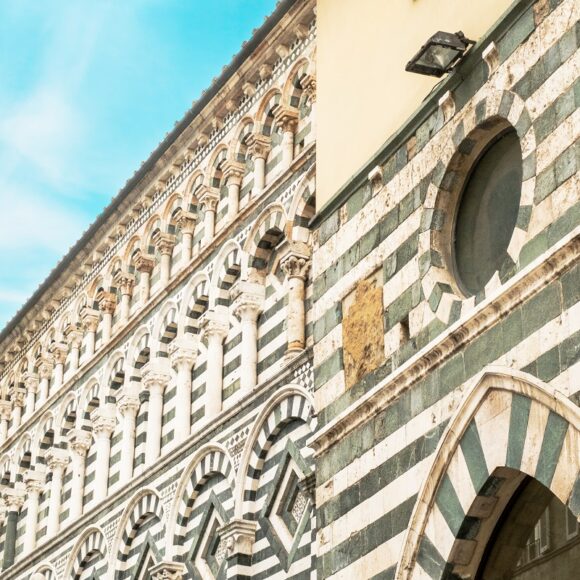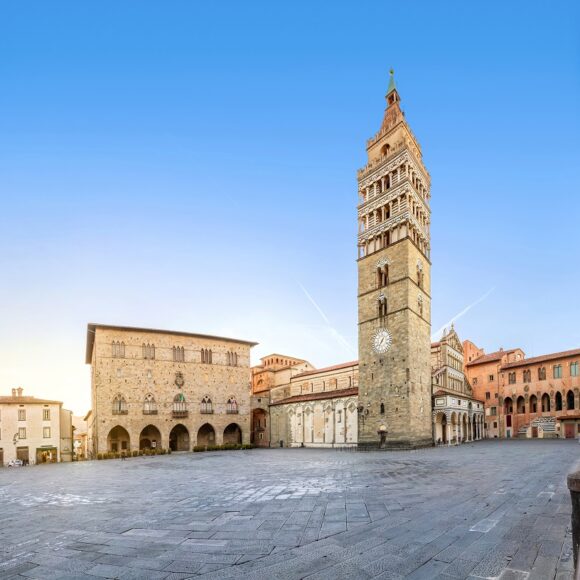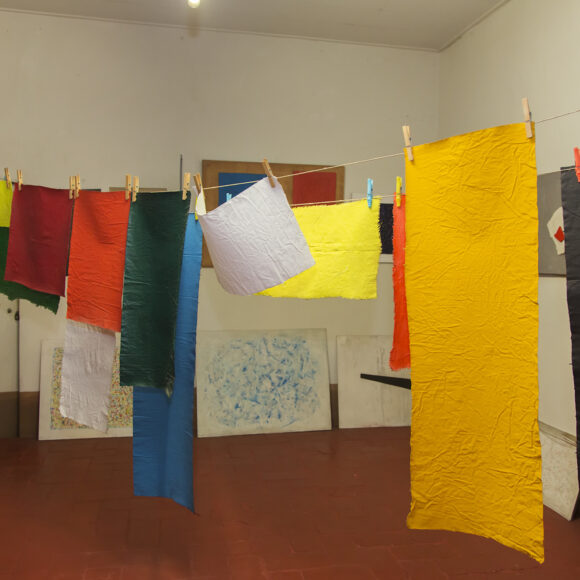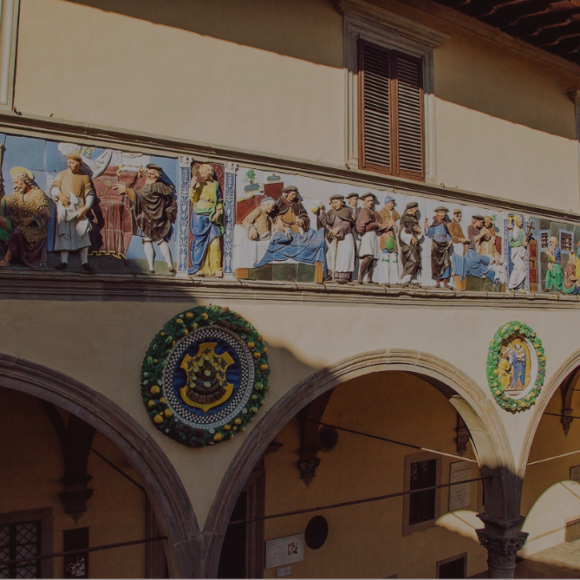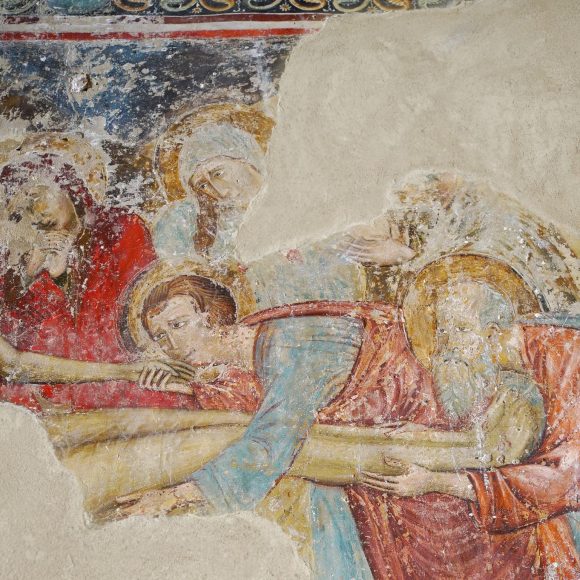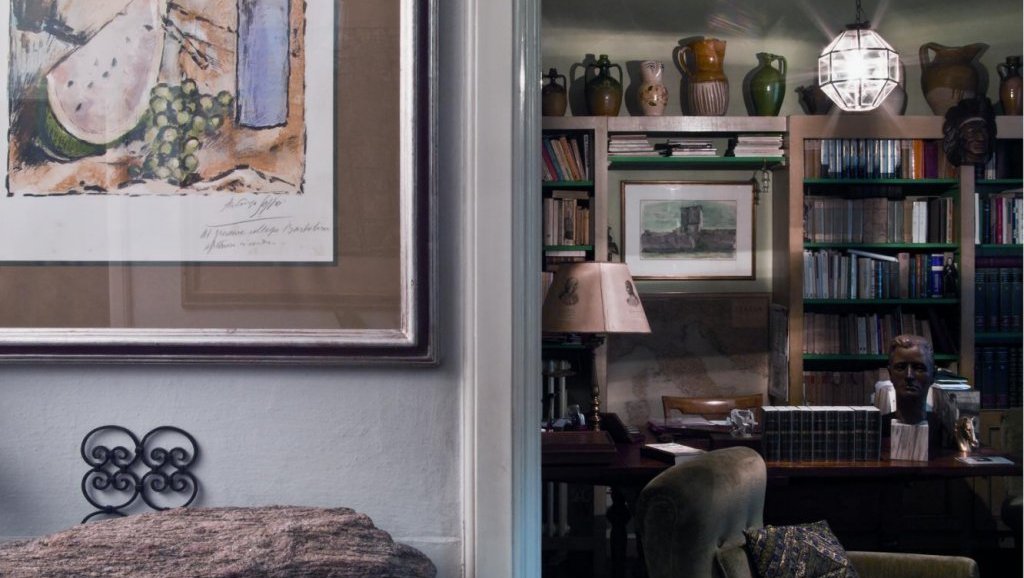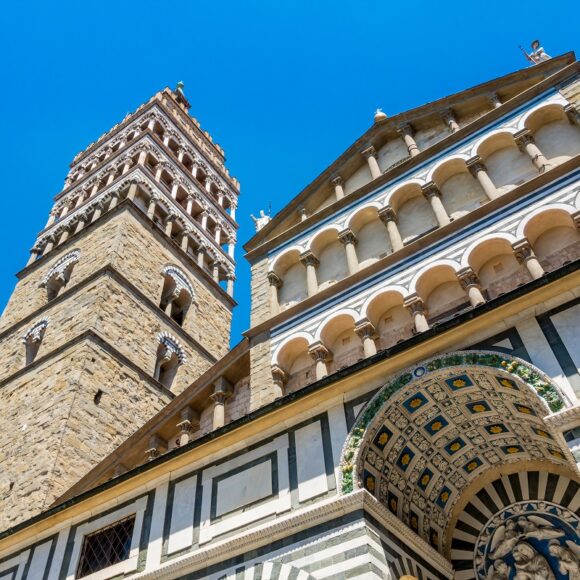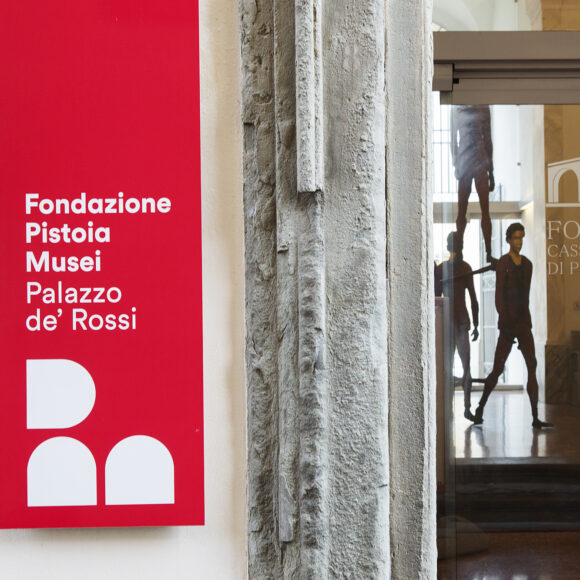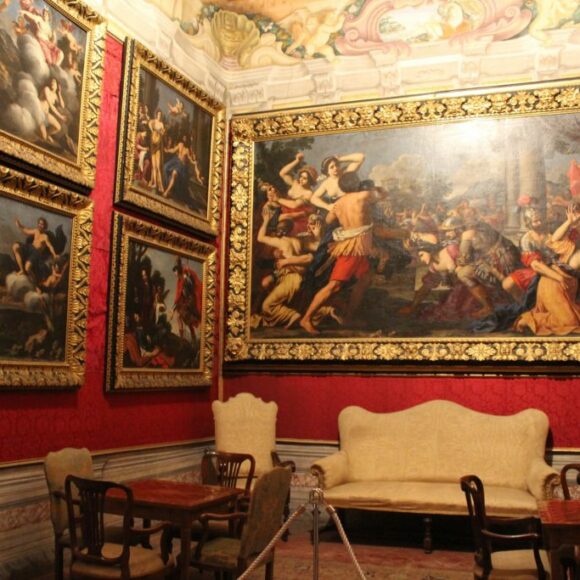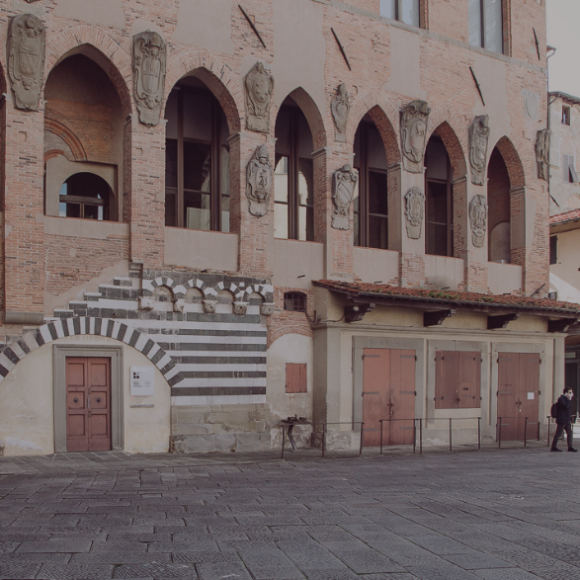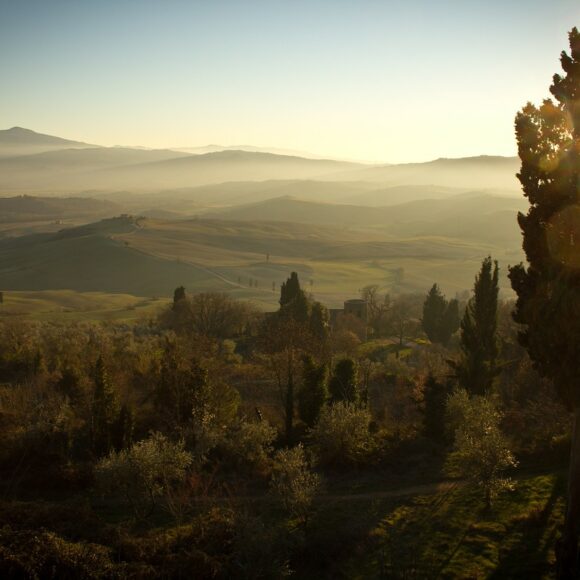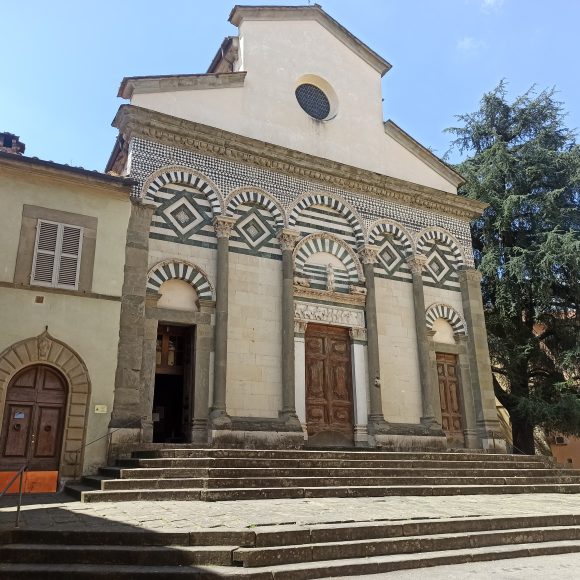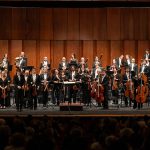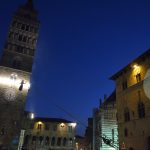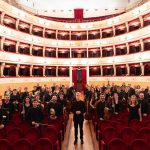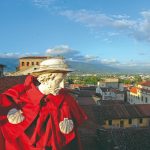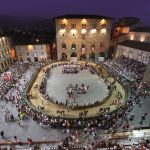Pistoia and the Jacobean cult
Pistoia
Pistoia's culture - the result of a long tradition of it being at the crossroads between Rome and Santiago - has stayed alive and this can be seen by its traditions,
Pistoia has been linked to the cult of the Apostle Saint James the Greater since 1145, the year in which Bishop Atto brought a fragment of the saint’s skull from Santiago de Compostela to Pistoia. The relic is now kept in the Cathedral’s Cappella del Giudizio in a beautiful reliquary made by Lorenzo Ghiberti in 1407.
The Silver Altar – a masterpiece of goldsmith art – is to be found in this chapel. For over two centuries, many goldsmiths followed one after the other in the effort to create its panels, starting from the original part of the altar: a silver panel dating back to 1287 showing the Twelve Apostles. In the 15th century, even a young Filippo Brunelleschi – then working in Lunardo di Mazzeo’s and Giovanni da Pistoia’s studio – helped out on this work by carving – according to tradition – the busts of the prophets Jeremy and Isaiah, Saint Augustine and Saint John the Evangelist.
Pistoia’s culture – the result of a long tradition of it being at the crossroads between Rome and Santiago – has stayed alive and this can be seen by its places of worship and by its traditions, particularly those that in some way or another, are linked to the Jacobean Year.
With the opening of the Holy Door in the San Zeno Cathedral on 9th January 2021, the Jacobean Year was inaugurated, an event that takes place every time that 25th July – the day dedicated to Saint James – falls on a Sunday. A religious and spiritual event which goes hand-in-hand with a rich calendar of cultural events that take their inspiration from the cult of Saint James in Pistoia and from its long tradition as a city of pilgrims. The Jacobean Year has been closed on 25th July 2022.
Info
idee-incluso
idee-non-incluso
idee-informazioni
idee-prenota
experience the territory

